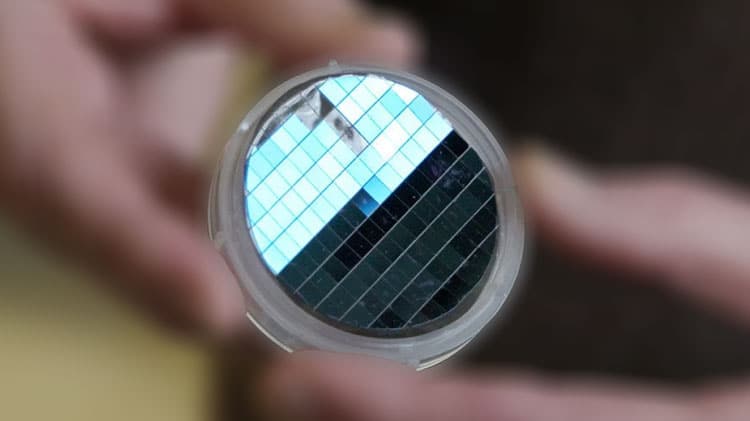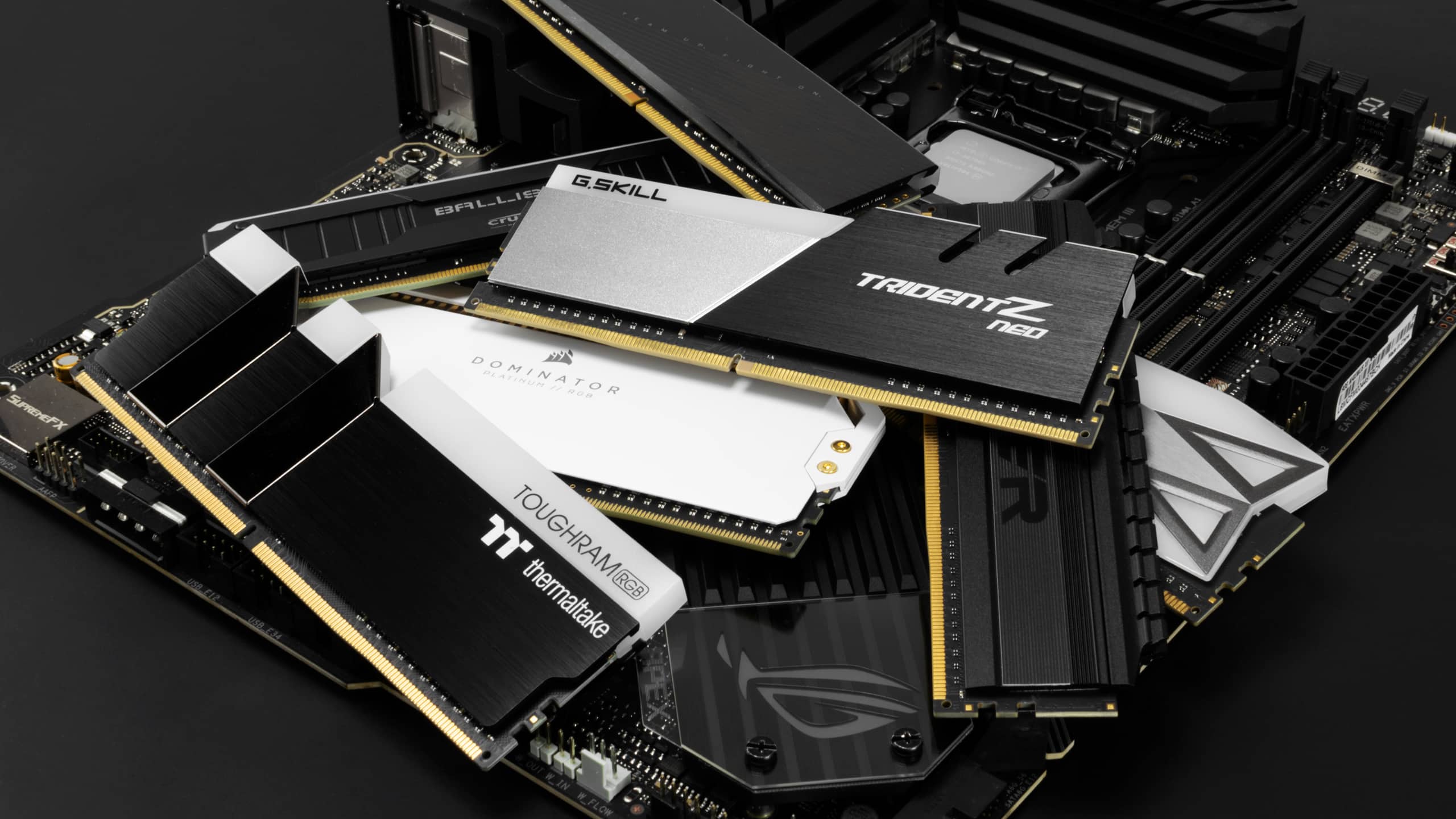Sources: projectwren.org and chinadaily.com
Walter de Heer, Regents’ Professor of Physics at Georgia Tech, and a team of researchers in Atlanta, Georgia, and Tianjin, China, have successfully overcome challenges in developing a graphene semiconductor. This viable semiconductor has an on-off switch made of graphene, a carbon material far superior to silicon in terms of its electronic potential.
What is Graphene?
Graphene, a two-dimensional material composed of a single layer of carbon atoms, exhibits exceptional strength, surpassing steel at comparable thicknesses. It is an outstanding electrical conductor currently considered the most promising electronic material in this field. Graphene demonstrates high heat and acid resistance and has heightened speed and efficiency compared to current silicon chip technology. It is compatible with conventional microelectronics processing methods, a crucial factor for any viable alternative to silicon. Despite these advantageous properties, scientists faced challenges in developing a working graphene semiconductor that could be controlled to conduct or insulate electricity at will. The primary obstacle was the absence of a bandgap, a critical feature in semiconductors that allows for the controlled flow of electrons.
What’s the significance of this, though?
In a sentence: The new method will reduce the size of traditional silicon-based chips and create faster and more energy-efficient microchips.
The recent breakthrough by Walter de Heer and his team, involving the use of silicon carbide wafers heated to evaporate the silicon before the carbon, successfully creating graphene with a bandgap, is a significant leap in semiconductor technology. They demonstrated a functional transistor, a fundamental component that acts as an on/off switch for the current flow. The process shares similarities with techniques used in creating silicon chips, making it more feasible to scale up. This discovery is particularly significant when silicon is reaching its limits in the face of the demand for faster computing and smaller electronic devices. The successful creation of a scalable graphene semiconductor opens new possibilities for the future of computing technology.
Semiconductor chips, often called the ‘new oil’ of the technology age, play a pivotal role in the global economy, powering everything from data centers to smartphones. With its potential to outperform traditional silicon-based tech, the two-dimensional graphene semiconductor could open up a new path for high-performance electronic devices, heralding a fundamental change in electronics and a brighter future for computing technology.


